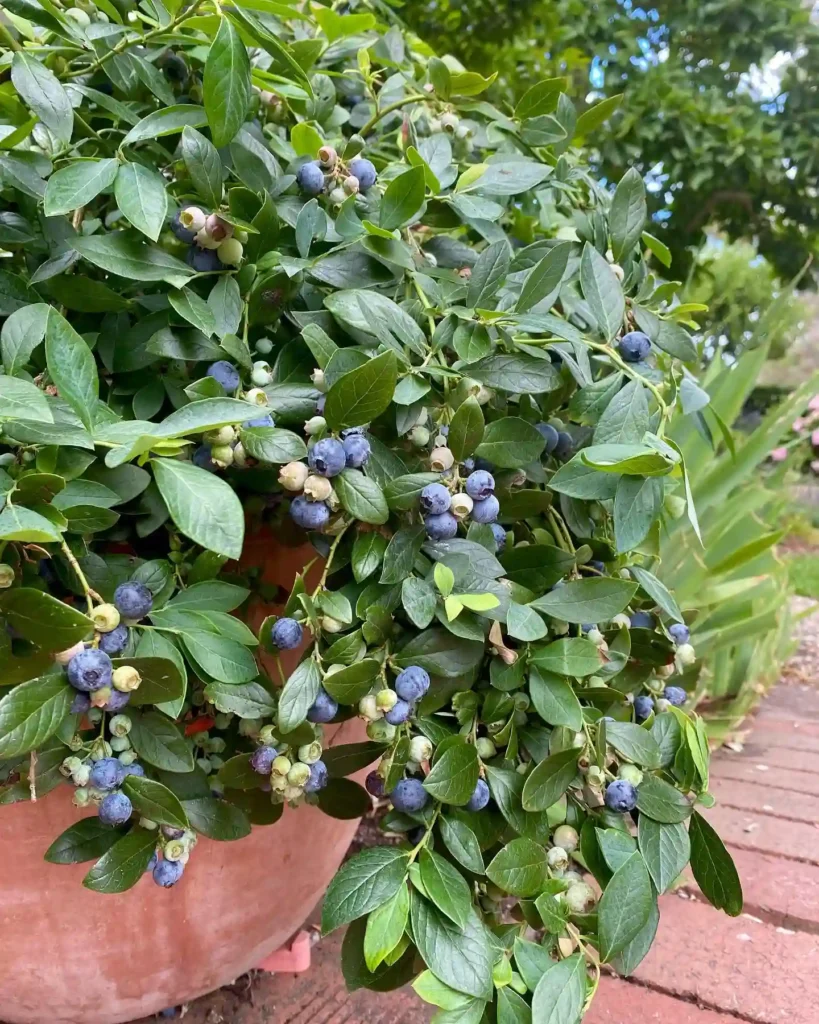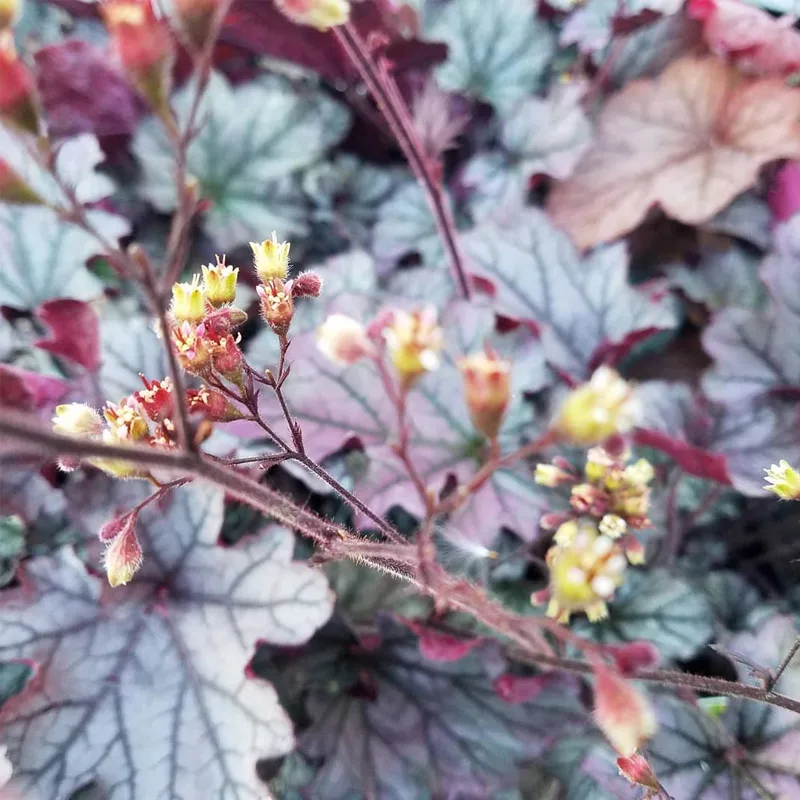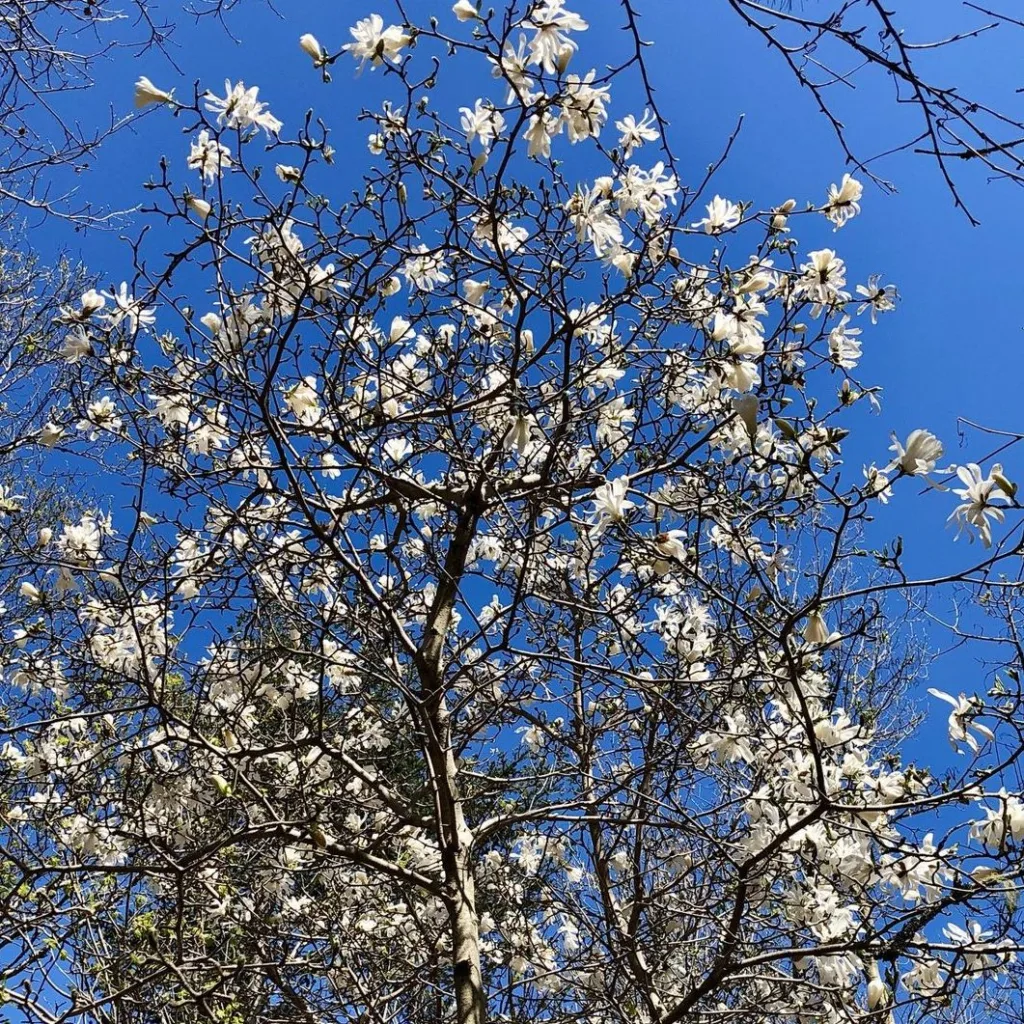All About Ficus Pumila var. Awkeotsang: The Jelly Fig You Need to Know
Hi, Ferb Vu here. Today, we’re diving into the fascinating world of Ficus Pumila var. Awkeotsang, also known as the jelly fig, aiyu, or ai-yu. This unique plant, native to Taiwan, is not just beautiful but also boasts a delicious secret. Let’s explore everything you need to know about this captivating climber.
880 Species in Genus Ficus
What is Ficus Pumila var. Awkeotsang?
Ficus Pumila var. Awkeotsang is a climbing variety of the Ficus Pumila species, belonging to the Moraceae or fig family. It’s endemic to Taiwan, meaning it grows naturally only there. However, due to its agricultural importance, humans have introduced it to southern China.
This plant is known for its lush green foliage. The leaves are oblong-ovate, typically 7-12 cm long and 3-5 cm wide. The underside of the leaves is where the magic happens – they’re densely covered with short, orangish-brown hairs.
The real star of the show, though, is the fruit. Ficus Pumila var. Awkeotsang produces cylindrical figs, measuring around 6-8 cm long and 3-4 cm wide. These figs are covered in hairs and have a unique characteristic – they’re inedible in their raw state.
But wait, there’s more! The seeds inside the fruit hold the key to a refreshing summer treat. These seeds are used to make a jelly-like dessert called Ai Yu Jelly, a popular Taiwanese and Southeast Chinese delicacy.
How to grow Ficus Pumila var. Awkeotsang?
If you’re interested in cultivating this intriguing plant, here’s what you need to know:
- Climate: Ficus Pumila var. Awkeotsang thrives in subtropical climates. It prefers warm temperatures and high humidity.
- Light: The plant enjoys bright, indirect sunlight. Avoid harsh, direct sun exposure which can scorch the leaves.
- Soil: Well-draining, fertile soil is ideal. You can use a potting mix specifically designed for houseplants.
- Watering: Water regularly, allowing the top inch of soil to dry out between waterings. Avoid overwatering, which can lead to root rot.
- Support: As a climber, Ficus Pumila var. Awkeotsang needs support to grow. You can provide a trellis, moss pole, or other climbing structures.
With proper care, your Ficus Pumila var. Awkeotsang can become a beautiful and rewarding addition to your home.
Ficus Pumila var. Awkeotsang vs. Creeping Fig (Ficus Pumila)
While Ficus Pumila var. Awkeotsang is a climbing variety, the base species, Ficus Pumila, is known as the Creeping Fig. Here’s a quick comparison:
| Feature | Ficus Pumila var. Awkeotsang | Ficus Pumila (Creeping Fig) |
|---|---|---|
| Growth Habit | Climbing | Creeping |
| Leaf Size | Larger (7-12 cm long) | Smaller (3-5 cm long) |
| Leaf Hairs | Dense, orangish-brown | Sparse, white |
| Fruit | Cylindrical, edible seeds | Smaller, inedible |
| Origin | Taiwan | East Asia, Southeast Asia |
Both varieties are attractive plants, but Ficus Pumila var. Awkeotsang offers the added benefit of producing the delicious Ai Yu Jelly.
Harvesting and Using Ficus Pumila var. Awkeotsang for Ai Yu Jelly
Now, let’s talk about the real prize – the Ai Yu Jelly. Here’s how to harvest and use the fruit for this refreshing treat:
- Harvest: Once the figs ripen (usually turning a yellow-green color), pick them from the plant.
- Soak: Wash the figs thoroughly and soak them in clean water for 24-48 hours. The water will turn a milky white color as the mucilage, the jelly-forming substance, is released from the seeds.
- Strain: Strain the water through a cheesecloth to remove the fig skins and any debris.
- Refrigerate: Refrigerate the strained liquid for several hours or overnight. The mucilage will gel and form the jelly.
- Enjoy: Serve Ai Yu Jelly plain or with your favorite toppings like honey, syrup, or fresh fruit.
Making Ai Yu Jelly is a simple process, but the results are incredibly rewarding.
If i die, water my plants!



